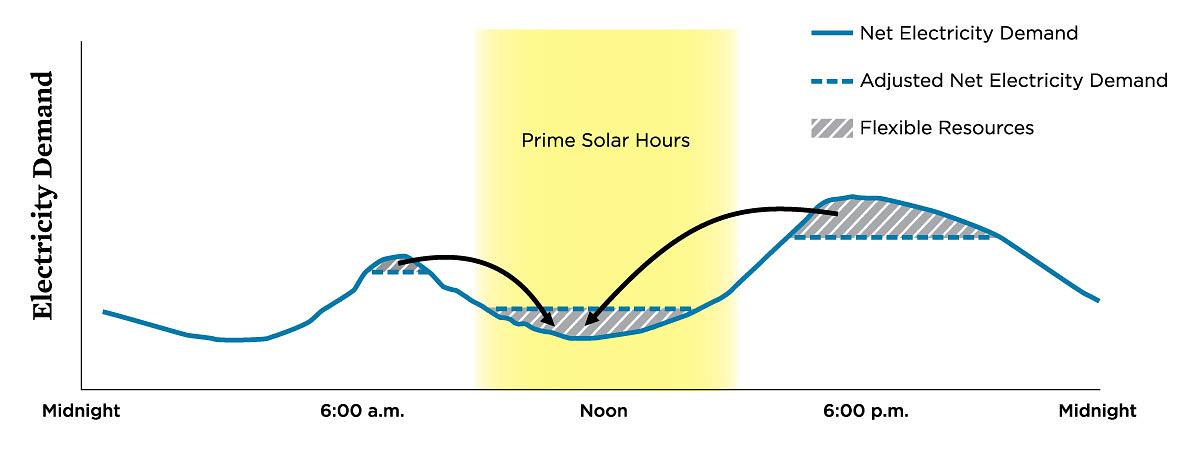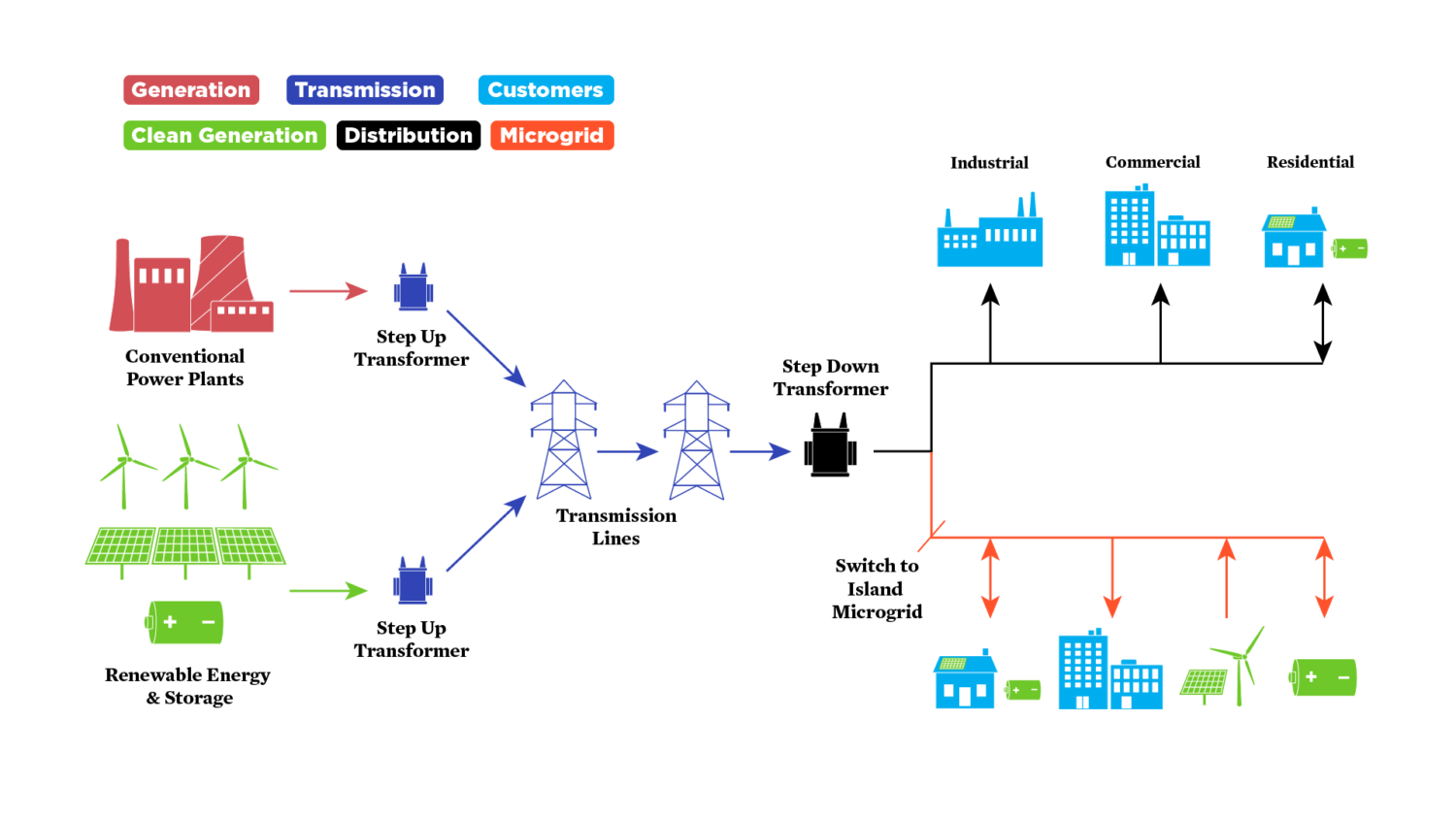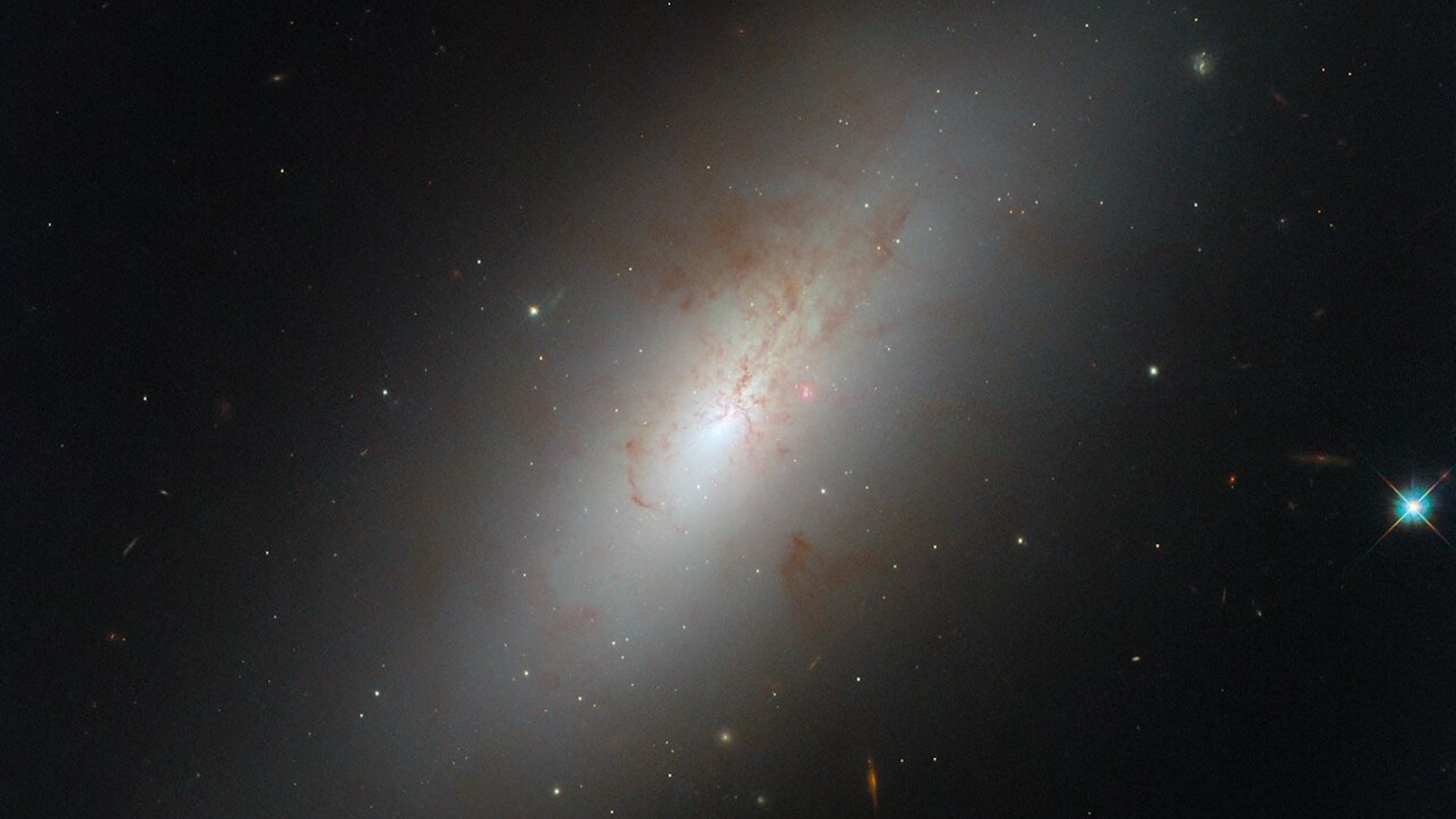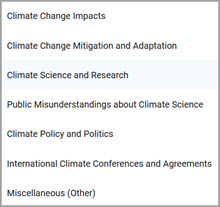I’m not going to beat around the bush: the past few years have not been great for the U.S. power grid, particularly when it comes to grid reliability. There have been high-profile rotating power outages caused by a heatwave in California (August 2020), a winter storm in Texas (February 2021), and another winter storm in Tennessee and North Carolina (December 2022). Not to mention all the power outages caused by wildfire threats, hurricanes, and other extreme weather events.
With so many recent power outages, it’s natural to wonder how the grid will hold up as the country increasingly electrifies its economy to reduce pollution and fight climate change. As more people transition to electric vehicles and electrified buildings, we’ll become more dependent on electricity to power even more aspects of our lives. The electric grid will need to be very reliable for this transition to go smoothly. And today’s grid does not inspire confidence.
It’s not surprising that, with those high-profile power outages still in recent memory, skeptics lack confidence in the grid’s ability to meet the growing demand for electricity while maintaining reliability during increasingly extreme weather events. But the fact is: the grid can handle the rising demand from electric vehicle (EV) charging (read this). And, if managed appropriately, EVs can even improve grid reliability.
The California legislature is tackling this issue head-on this summer with Senate Bill 233, which would help integrate EVs with the grid. I’ll get back to the specifics of that bill in a bit, but first, let’s review how electric vehicles can help the grid.
Two types of EV charging
When you read up on EV charging, you quickly encounter a lot of confusing acronyms such as V1G, V2G, V2H, V2B, and V2X. But to keep things simple, there are really only two types of EV charging you’ll need to understand in order to grasp the ways in which EVs can help the grid: unidirectional and bidirectional charging.
At a very basic level, unidirectional charging is when electricity can flow in only one direction: from the power grid to the vehicle. With bidirectional charging, electricity can flow both ways. This distinction is important because bidirectional charging can produce significantly more benefits for the power grid than unidirectional charging.
Unidirectional charging
Unidirectional charging can be managed to help the power grid in a variety of ways. The general idea is to shift charging away from times with high electricity demand towards periods with abundant (ideally renewable) electricity. So far, one of the main tools for shifting EV charging demand has been time-of-use rates, where the price that consumers pay for electricity varies based on the time of day, season, and day of the week. In California, all the big utilities offer time-of-use rate plans that charge the most for electricity usage in the late afternoon/evening and the least at other times of day. Time-varying electricity rates can also be fine-tuned to reflect real-time grid conditions, which is often called dynamic pricing. In both cases, a price differential provides a financial incentive for EV owners to charge their vehicles outside of peak demand hours on the power grid.
An additional way to harness the benefits of flexible EV charging is through demand response programs that automatically manage EV charging to ease the strain on the grid without EV owners needing to lift a finger. While EV demand response programs show promise, they’re currently in their infancy. Fortunately, demand response for other kinds of loads (e.g., air conditioners) are well established, and the principles of those programs provide a foundation for incorporating EVs into demand response programs.
 Electric vehicle charging, which can act as a flexible resource, can be shifted away from morning and evening peak demand periods towards the middle of the day in areas with abundant solar generation, such as California. Shifting EV charging can smooth the electricity demand profile across the day and reduce strain on the power grid. Source: UCS
Electric vehicle charging, which can act as a flexible resource, can be shifted away from morning and evening peak demand periods towards the middle of the day in areas with abundant solar generation, such as California. Shifting EV charging can smooth the electricity demand profile across the day and reduce strain on the power grid. Source: UCSBidirectional charging
Bidirectional charging, where vehicles can send electricity back to the power grid or power an electric load at a particular site, unlocks even more significant grid benefits. The main value-add is that by harnessing the collective power of EV batteries when the grid is most in peril—late afternoons and evenings when demand is highest—EVs could play a significant role in maintaining grid reliability. Unlike unidirectional charging, where much of the grid benefit can be realized by shifting customer charging behavior through indirectly-controlled time-varying price signals or directly-controlled demand response, realizing the full grid benefits of bidirectional charging will almost certainly necessitate automated programs that coordinate the charging and discharging behavior of participating EVs.
Just imagine: On the hottest days of the year with the highest electricity demand, participating EVs could automatically receive a signal to discharge energy back to the power grid. (And of course, EV owners would get paid for participating.) According to my colleague, David Reichmuth, California will have roughly 6.3 million light-duty EVs by 2030. If those vehicles all had bidirectional capabilities along with bidirectional charging equipment, EVs could theoretically be a 35-45 GW grid resource (assuming 80-100% of those EVs can each provide 7 kW of power to the grid). To put this number in perspective, the highest electricity demand ever recorded by California’s grid operator was just over 52 GW, so harnessing the collective power of only a small fraction of EV batteries could still be a big help for the grid.
Harnessing EV charging could mean reducing costs and building less grid infrastructure
The power grid is a complex system of power generation, transmission, and distribution all built to deliver electricity to consumers. To decarbonize the grid, it’s going to take substantial investments in clean electricity generation, along with commensurate investments in transmission infrastructure to deliver that power. At the same time, to meet the growing electricity demand from electrified buildings and transportation systems, it’s going to take even more generation, transmission, and especially distribution system upgrades to deliver power to where it’s needed.
Over time, EV charging will become a significant electrical load on the grid. However, multiple studies have indicated that, in the near term, well-managed unidirectional charging could reduce or entirely eliminate the need for additional generation and transmission infrastructure to meet EV charging demand. That’s an encouraging finding, and it provides important evidence that, if we’re smart about it, the transition to EVs won’t necessarily strain the grid.
In the long term, there’s still time to make the grid upgrades needed to accommodate EVs, and it’s critical to plan for those upgrades now. The good news is that EVs capable of bidirectional charging could actually reduce the amount of grid infrastructure that would otherwise be required to maintain grid reliability throughout the transition to clean electricity. The idea is that, instead of building even more grid resources like utility-scale battery storage systems, EVs—as small, mobile batteries scattered throughout the system—could offset some of the need for those resources as demand for electricity grows across end uses over time. EVs may also be able to reduce reliance on existing fossil-fueled power plants, enabling the retirement of those polluting facilities. And EVs could even reduce the need to invest in distribution system infrastructure (e.g., substations and transformers) if we’re able to harness the power of bidirectional charging.
One study of a deeply decarbonized New England power grid found that, with only 23% of EVs participating in bidirectional charging programs, those EVs could reduce the need to build out utility-scale battery storage by nearly 15 GW. For reference, as of the end of March 2023, utility-scale battery storage capacity across the entire US totaled only 10.8 GW, so 15 GW is a very significant amount that would result in substantial cost savings. The study also found that less “firm generation capacity” (aka gas power plants) would be required in such a scenario, which means additional polluting gas plants could be shut down. All those benefits with only 23% of EVs participating in bidirectional charging! Not too shabby.
 EV charging could be harnessed to reduce required investments in grid infrastructure on nearly every part of the power grid. The biggest savings would likely come from reduced investments in power generation and distribution systems. Source: UCS
EV charging could be harnessed to reduce required investments in grid infrastructure on nearly every part of the power grid. The biggest savings would likely come from reduced investments in power generation and distribution systems. Source: UCSEVs aren’t required to be bidirectional—but should be
In my opinion, it’s actually pretty incredible how much potential there is for bidirectional EV charging to help the power grid.
But there’s a problem, a big one: the vast majority of EVs are not currently capable of bidirectional charging.
Unfortunately, we’re cruising towards a future where we have millions of EVs on the road, and unless something changes, it won’t be possible to utilize most of those EVs to help the power grid. It’s important that clean energy experts and advocates connect with their counterparts in the electric vehicle space, because we can change this and help improve the grid’s reliability.
That’s why the Union of Concerned Scientists is co-sponsoring the California bill I mentioned at the outset, SB 233, which would require all new EVs to be capable of bidirectional charging starting in 2030. This bill would ensure that, as California transitions to EVs, at least a portion of all the EVs on the road will be bidirectional-capable.
This post has focused on the ways in which those EVs could help the grid, but another important benefit is they could also be used as a backup source of power when the lights go out. California has been struggling with rotating blackouts and public safety power shutoffs the past few years, so a clean source of backup power would be far better than the highly-polluting generators to which people have been resorting.
This bill would put California on the path towards a future where EVs could play a significant role in ensuring grid reliability. It’s going to take time to phase in EVs and charging equipment that are bidirectional capable, and it will also take time to create the programs that automatically harness EVs in order to help the grid when it’s stressed the most. That’s why California needs these policies now.

 1 year ago
108
1 year ago
108


